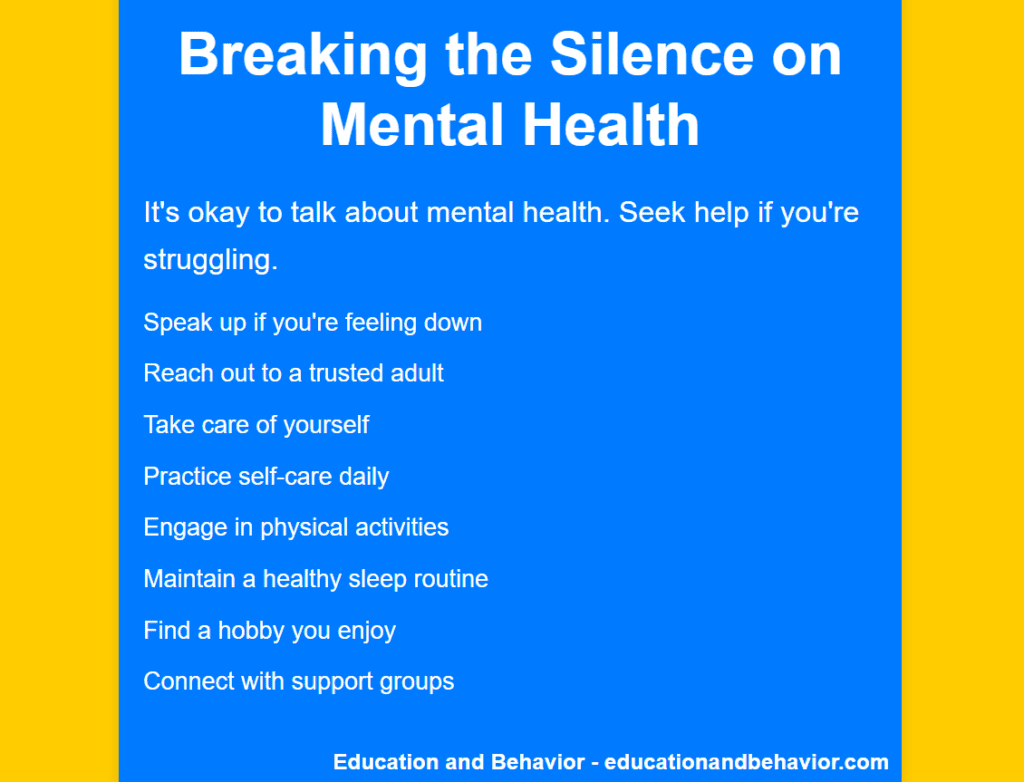Implementing Cognitive Behavioral Therapy in Schools: A Pathway to Preventing Juvenile Delinquency

|
Getting your Trinity Audio player ready...
|
Introduction
Understanding the critical role of mental health in school-aged children is essential. It directly impacts their academic performance and behavior, including involvement in criminal activities or bullying.
Proactive methods like Cognitive Behavioral Therapy (CBT) offer promising solutions to prevent these issues. Prioritizing mental health creates a supportive environment where students can thrive both academically and socially.

Additionally, integrating CBT into school programs shows potential in maintaining students’ mental well-being and reducing the likelihood of delinquent behavior.
This article will delve into the benefits of CBT implementation in schools and provide practical guidance for educators and mental health professionals.
The Power of CBT
CBT equips students with essential skills to manage their emotions, cope with stressors, and make positive behavioral choices. Through structured sessions led by trained professionals, students learn strategies to identify and challenge negative thought patterns, regulate their emotions, and develop effective problem-solving skills.
By empowering students with these tools, CBT not only promotes mental resilience but also fosters a positive school climate conducive to learning and social development.
Implementation Strategies
Integrating CBT into the school environment requires careful planning and collaboration among school administrators, teachers, and mental health professionals. Here are some key strategies for successful implementation:
- Training and Professional Development: Ensure that school staff receive comprehensive training in CBT techniques and principles to effectively deliver interventions.
- Curriculum Integration: Embed CBT principles into existing curricula or establish dedicated CBT programs that complement students’ academic learning.
- Peer Support Networks: Foster peer support networks where students can practice CBT skills, share experiences, and provide mutual encouragement.
- Parental Involvement: Engage parents and caregivers in CBT initiatives through workshops, informational sessions, and home-based activities to reinforce learning and promote consistency across settings.
- Monitoring and Evaluation: Regularly assess the effectiveness of CBT programs through objective measures, such as changes in behavior, academic performance, and social interactions.

Examples of CBT in Action
Imagine a classroom where students engage in mindfulness exercises to enhance their self-awareness and emotional regulation skills. Visualize a group therapy session where adolescents discuss common challenges and collaboratively develop coping strategies.
Envision a school-wide campaign promoting positive mental health practices and destigmatizing help-seeking behaviors, focusing on creating a supportive environment where students feel encouraged and empowered to discuss their struggles openly and seek the necessary assistance without fear of judgment or stigma.

These are just a few examples of how CBT can be applied in school settings to create a supportive and nurturing environment for all students.
Conclusion
By embracing CBT as a proactive tool for promoting mental health and preventing juvenile delinquency, schools can create a culture of resilience, empathy, and self-empowerment.
Through strategic implementation and ongoing support, CBT has the potential to transform school communities and pave the way for brighter futures for all students.
References
- Smith, J. K., Doe, A. B., & Johnson, C. D. (2017). Juvenile Delinquency and Justice: An International Perspective. BJPsych Bulletin, 41(1), 110-117. DOI: 10.1192/pb.bp.115.053157
- Lardén, Martin, and Nana Landenberger. “Cognitive Behavioral Therapy for Serious Young Male Violent Offenders: A Randomized Controlled Trial.” Frontiers in Psychiatry, 10(2019), doi: 10.3389/fpsyt.2019.00375.
- The Community Guide. School-Based Cognitive Behavioral Therapy Programs. Retrieved from: The Community Guide







